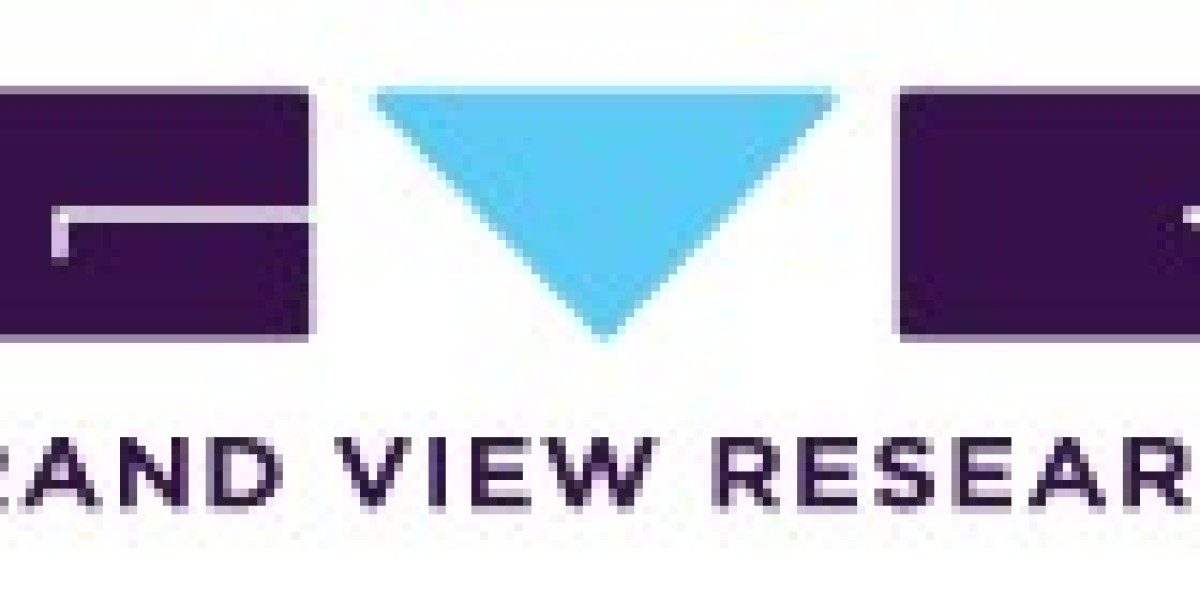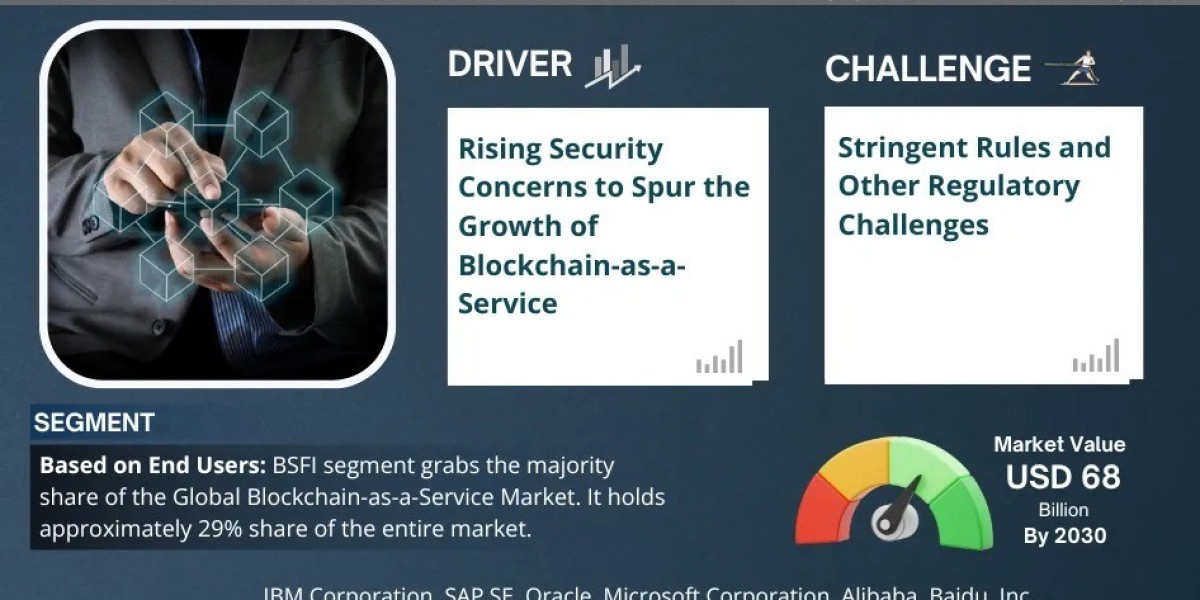The global nanocellulose market was valued at USD 351.5 million in 2022 and is expected to grow at a compound annual growth rate (CAGR) of 20.1% from 2023 to 2030. This growth is driven by increasing demand across diverse applications, along with a shift toward bio-based products. Nanocellulose, derived from plant cellulose, exhibits unique properties such as enhanced efficiency in paper manufacturing, higher filler content, lighter weight, and improved freeness (which improves paper-making flow). These characteristics make nanocellulose highly suitable for creating a variety of sustainable, high-performance products.
In the paper industry, nanocellulose is a key bio-based additive due to its high strength, low density, excellent oxygen barrier properties, and biocompatibility. These features make it a sustainable option for packaging and paper-based products. Additionally, nanocellulose composites find significant use in constructing materials, aqueous coatings, and other products, expanding its application scope.
Gather more insights about the market drivers, restrains and growth of the Nanocellulose Market
The United States represents the largest nanocellulose market in North America, contributing significantly to global revenue. A key driver is the country’s focus on health and sustainability, which has promoted the use of MFC (Microfibrillated Cellulose) and CNF (Cellulose Nanofibers) in functional foods, where nanocellulose enhances texture and stability. This trend boosts nanocellulose demand across food, beverage, and paper and pulp industries in the U.S., where consumers prioritize advanced sustainable products and eco-friendly, paper-based packaging solutions.
The pulp and paper industry uses nanocellulose to produce lighter, whiter paper with reduced environmental impact, thereby accelerating market growth. Nanocellulose’s biocompatible nature allows it to be used in healthcare for products such as biomedicines and personal hygiene items. Due to its high absorption properties, it is ideal for sanitary napkins and wound dressings, expanding its potential in healthcare. Ongoing research and development continue to stimulate market growth as well.
Application Segmentation Insights:
The pulp and paperboard sector led the nanocellulose market in 2022, holding over 25% of the revenue share. This dominance is driven by a shift in consumer preference toward packaging materials with minimal processing and no preservatives. Nanocellulose plays a vital role in the paper industry as a sustainable nanomaterial additive due to its strength, oxygen barrier performance, low density, mechanical stability, and compatibility with bio-based resources. These properties are valuable for creating eco-friendly and durable paper products.
Given the volume required in paper applications, the pulp and paperboard sector holds significant potential for nanocellulose usage. Nanocellulose enhances paper by improving coating quality, facilitating better absorption, and enabling the production of absorbent and hygienic products. It also produces smooth surfaces that enhance print quality, which is critical for industries needing high-quality prints.
Transparent nanocellulose paper is gaining attention in electronics. With qualities such as biodegradability, lightweight, affordability, and recyclability, it is being explored for applications in mobile devices, TVs, computers, solar cells, touch sensors, and even paper-based power generators. These unique qualities position nanocellulose as a potential alternative material in consumer electronics, offering a sustainable option in this field.
Data from the Confederation of European Paper Industries (Cepi) highlights that paper and board consumption rose by 5.8% between 2020 and 2021, while production increased by 6.1%, with paper mill operation rates jumping from 85.0% to 90.0%. Although the organization had anticipated reduced production and consumption levels during the pandemic, most mills continued to operate efficiently, with only minor reductions in output in low-demand phases. Given the rising demand for paperboard and packaging, nanocellulose consumption is anticipated to increase substantially during the forecast period, supporting sustainable development in the paper and packaging industries.
Order a free sample PDF of the Nanocellulose Market Intelligence Study, published by Grand View Research.



